K-12 Funding Advocates Gather in Springfield, Calling on Lawmakers to ‘Fund the Formula’
CHICAGO —On Wednesday, April 26, more than 100 teachers, parents, students and school and district leaders, and students traveled to the Illinois State Capitol in Springfield to advocate for increased investments in K-12 school districts by way of the Evidence-based Funding Formula (EBF).
On Funding Illinois’ Future Advocacy Day 2023, advocates came together to raise awareness about the need for increased K-12 investments and meet with their legislators to share how EBF has been pivotal in ensuring high-quality education in their communities. As part of the day-long event, advocates will join together in the Capitol Rotunda for a rally where Rep. Carol Ammons (103rd District), Sen. Adriane Johnson (30th District), and Rep. Laura Faver Dias (62nd District) provided remarks along with members of the Funding Illinois’ Future (FIF). FIF is a coalition of more than 100 school districts, leaders, parents, educators, and civic- and faith-based organizations that advocated for the passage of the Evidence-based Funding formula in 2017. Today the group is focused on the goal of equitable and adequate funding for all K-12 schools.
Advocates in Springfield that day included parents, teachers, students, and leaders from Noble Schools, Morton East High School, Corazon Community Services, Faith Coalition for the Common Good, Illinois PTA, Teach Plus, West 40, and superintendents from Vienna and Riverton.
“We were thrilled to be able to resume coming together again in-person, in Springfield, as a community that cares about making sure every K-12 student in Illinois is provided the excellent education they deserve,” said Cheryl Flores, Director of Community Engagement at Advance Illinois. “We know that when we can show up like this and make our voices heard, the urgent need for change is heard by our lawmakers, too.”
About the Evidence Based Funding (EBF) formula
In 2017, the Illinois General Assembly passed the Evidence-based Funding Formula, replacing the K-12 funding structure at the time with a formula that prioritizes the state’s least well-funded districts. EBF distributes funds according to a research-based estimate of what schools need to fully serve students, and takes into account differences in student needs across districts. Prior to the passage of EBF, 169 districts were funded at less than 60% of what they needed. Five years later, only 2 districts are still below full funding. Still today, over half of the state’s students—more than one million children—are still in districts funded below 75% of full funding.
Research shows that high-quality educational experiences from both through postsecondary make a real difference for students and communities. Adequate and equitable state funding is critically important to providing these opportunities for all students.
###

